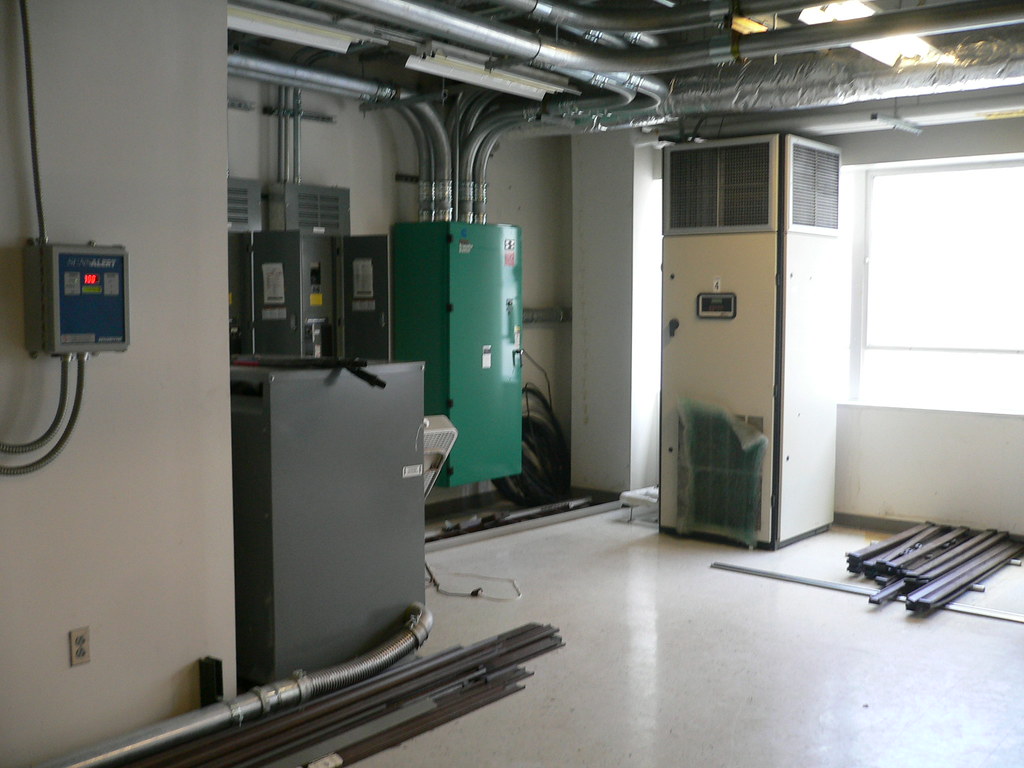Guide To Understand The Basis Of Power System
A power systems is a process consisting of a convection and transmission framework. It uses types of energy (such as coal and diesel) and converts it into electrical energy. The most fundamental parts of power systems are generators, transformers, transports, etc. They note the potential to be produced, transmit voltages, different transmission lines, and power transformers, and after starting with one voltage to another voltage level.
From a monetary point of view, typically develop a power station where assets are immediately accessible. People use electric energy, yet they can live in areas where the proper transporting of electricity is not accessible.
How does the power system work?
A Power system control is required to maintain a balance between the power edge and the load interest. Power frequency controllers consider it an important part of maintaining constant repetition and voltage to guarantee the unbreakable electrical force’s unbreakable quality. The transformer starts the force with high productivity at one level and then at the next.
The forced move from the auxiliary is almost equal to that required, except for the transformer’s frequency. All construction stations are operating with the same efficiency and the same voltage level. The power is carried out due to the load sharing between the power plants so that all the producing stations can operate continuously with high efficiency and power.


Comments are closed.